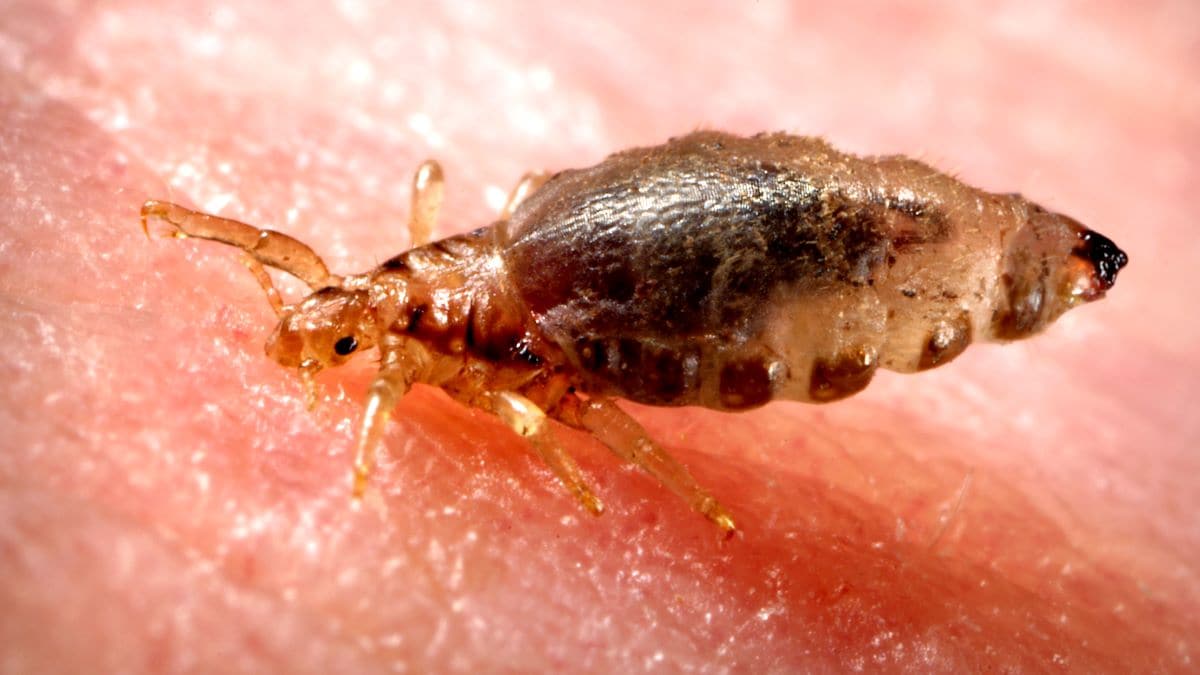Key points
People can get Bartonella quintana from the human body louse. Symptoms include fever (may occur once or repeatedly), bone pain (mainly in the shins, neck, and back), and bacillary angiomatosis. People experiencing homelessness are at increased risk of developing infection with B. quintana because of limited access to shower and laundry facilities.

General information
For information on transmission, symptoms, and prevention, visit: About Bartonella quintana.
Testing and diagnosis
- B. quintana is a fastidious, slow-growing bacterium. Cultures should be held for a minimum of 21 days. It is often helpful for providers to alert the microbiology laboratory that B. quintana is suspected to optimize conditions for growth.
- Serology can aid the diagnosis of B. quintana, although cross-reactivity with other Bartonella species may limit interpretation. Providers should be aware that serological tests do not reliably differentiate among Bartonella species and positive results may persist for years even after effective treatment.
- Molecular detection (including PCR) can be particularly useful in cases of culture-negative endocarditis. Patients with infectious endocarditis sometimes have damaged heart valves that need to be surgically replaced. Molecular detection of Bartonella spp. should be performed on excised heart valve tissue if a patient with endocarditis requires surgical valvular replacement. For patients with suspected B. quintana bacteremia, PCR testing can also be performed on blood.
Treatment
Infection with B. quintana requires antibiotic treatment. A number of antibiotics are effective against Bartonella infections, including tetracyclines, aminoglycosides, and macrolides. More than one antibiotic is often used. Consult with an expert in infectious diseases regarding treatment options.
